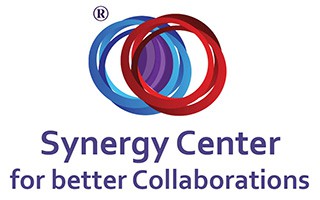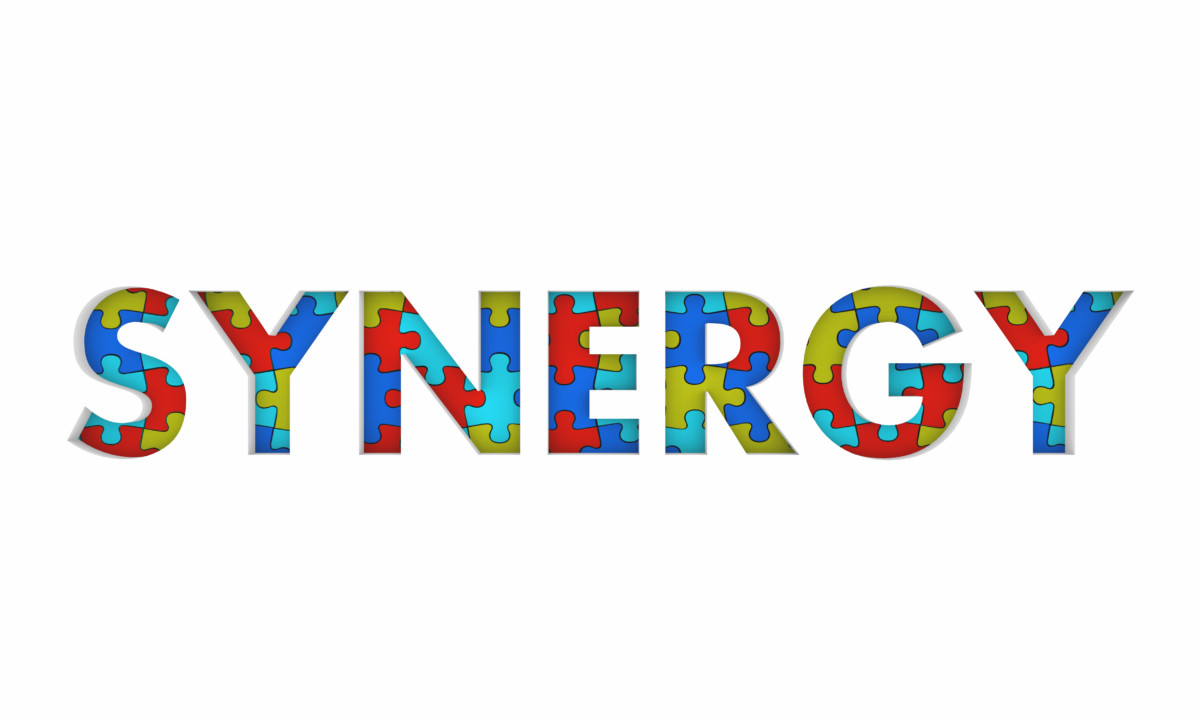Increasingly, synergy’s becoming a necessity – not a luxury anymore. Aristotle once said, “The whole is greater than sum of its parts”. Dr. Rami Ben-Yshai, in his book Organizational Synergy: A Practical Guide – Recalibrate Interactions to Achieve Peak Engagement Productivity & Profit, defined synergy as: “Effective cooperation: an activity collaborated on by two or more parties where the result is greater or better than the sum of the results of any single party acting alone”.
Nothing can be further from the truth. More than ever, organizations require greater coordination of tasks, projects or activities between stakeholders — customers and entities. This can be more so if two or more entities unite toward a shared strategic vision, focus or direction. And customers, just as organizational entities or other stakeholders, are in the same mix.
Cultural reforms should make way for synergy but that may result to resistance to change. However, organizations should weigh the costs and benefits of cultural reforms against resistance to change. This places organizations in a difficult position – between a rock and a hard place.
Without synergy problems are bound to arise – conflicts of interests, destructive relationships, low organizational output, loss of energy, negative effects on organizational bottom line, etc. On the other hand, culture defines organizational success — and plays a critical role in employee retention and motivation and performance. This isn’t to say that synergy doesn’t.
Mergers and acquisitions are delicate, because different cultures unite and conflict. Harmonizing different cultures is a difficult task, because that may require the entities involved to abandon their culture and embrace new ones. Organizational employees tend to resist changes to the shared reality (culture).
Read on to understand organizational synergy from Ben-Yshai’s perspective.
Organizational Synergy
According to Ben-Yshai:
Organizational synergy is the way interactions occur within an organization or between different organizations which allows creating a new reality by several partners, where one party is unable (or finds it too difficult) to create that same reality alone due to economic or other considerations.
It should be clear that the term “partners” refers to activities – not entities who come together to form a new organization. However, activities must relate to the entities involved in a merger or acquisition.
Usually, when different organizations come together, there’s a conflict between different cultures. Assimilating an organizational synergy approach helps to streamline routines, systems and structures, which organizations coming together don’t share. Johnson and Scholes, in their cultural web, identify symbols, stories, rituals, and control systems as other aspects of organizational culture, which require streamlining.
What supports the streamlining process is the understanding that improving quality of interactions can foster synergy between different entities. Ben-Yshai identifies the 7 types of interactions that underlie synergy.
But organization synergy doesn’t just stop with harmonizing cultures of different entities, customers play a role, too. In fact, that role depends on the level of customer satisfaction, which, in turn, depends on customer service.
While many organizations operate under customer-first banner, this hasn’t always been the case, because of poor customer service. Customer complaints usually result to debates about who’s right between the organization and the company. What results is an investigation, but that causes another problem — invasion. It’s one of the forms of interactions that Ben-Yshai identifies in his book.
To promote synergy between organizations and customers, organizations should provide ethics training to their employees. This would help employees make smart decisions when they face ethical dilemmas — bend rules if necessary for good customer service’s sake.
Organizational Synergy Fosters Collectivism
Collectivism, as opposed to individualism, is an all-inclusive mind-set — it’s an eastern culture, Ben-Yshai observes. It’s “both this and that” thinking as opposed to “it’s us or them” – a western culture. Synergy runs contrary to “either/ or” mind-set, because it “is the art of merging opposites, bridging between the need to preserve and the need to change”.
This isn’t to say that bringing together opposites (positive versus negative) causes a cancelling out effect — zero sum. Fostering a synergistic thinking helps the organization to run parallel processes, which seem to contradict each other. For example, centralization versus decentralization, integration versus differentiation, etc.
In Retrospect…
Organizational synergy enables an organization to introduce cultural reforms while preserving culture. It won’t sound ridiculous if you approach it from a mind-set that bringing opposites together doesn’t result in one profiting and the other losing — it’s not a matter of “zero sum” game. It’s a matter of running opposite processes at the same time.



